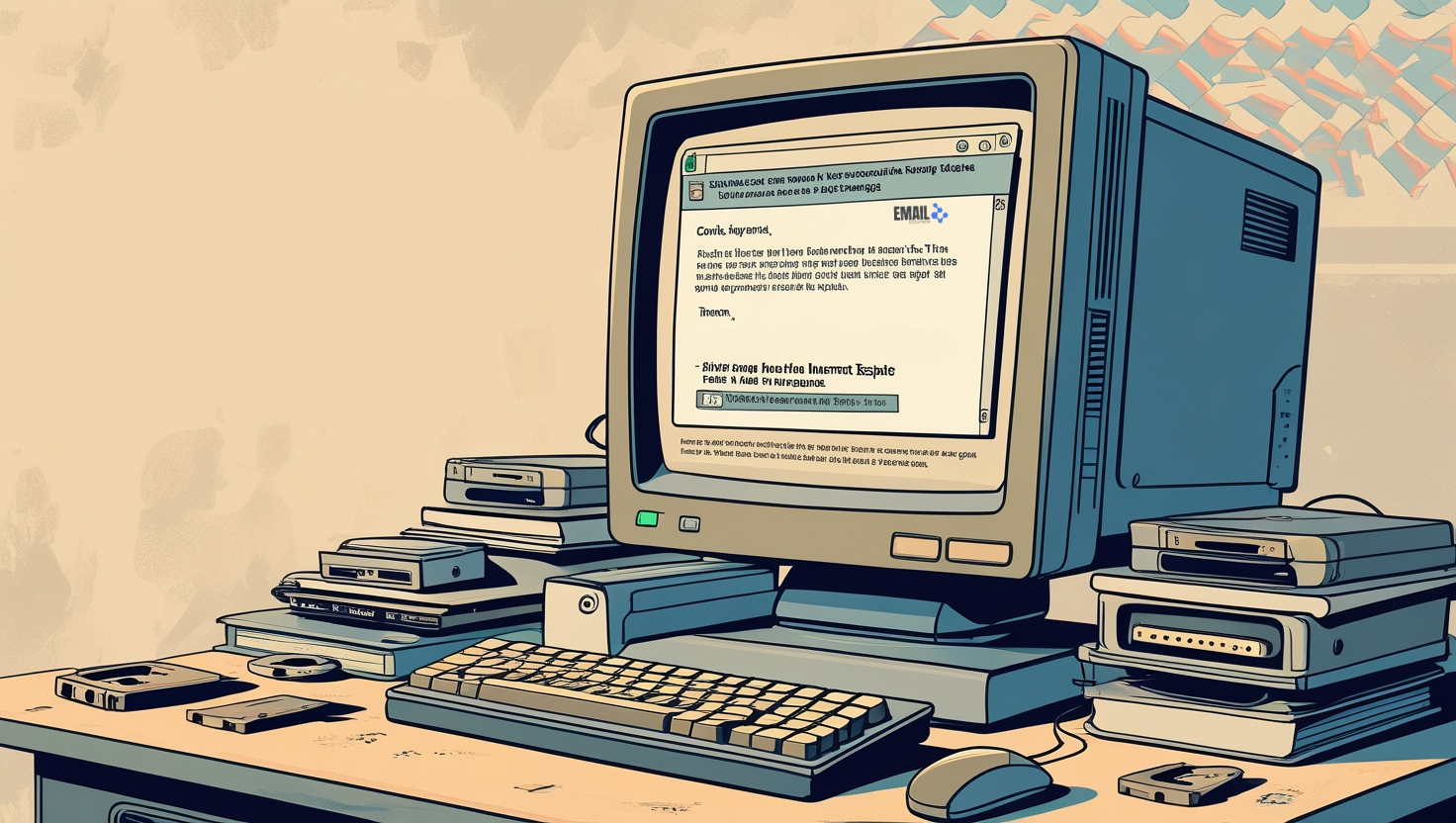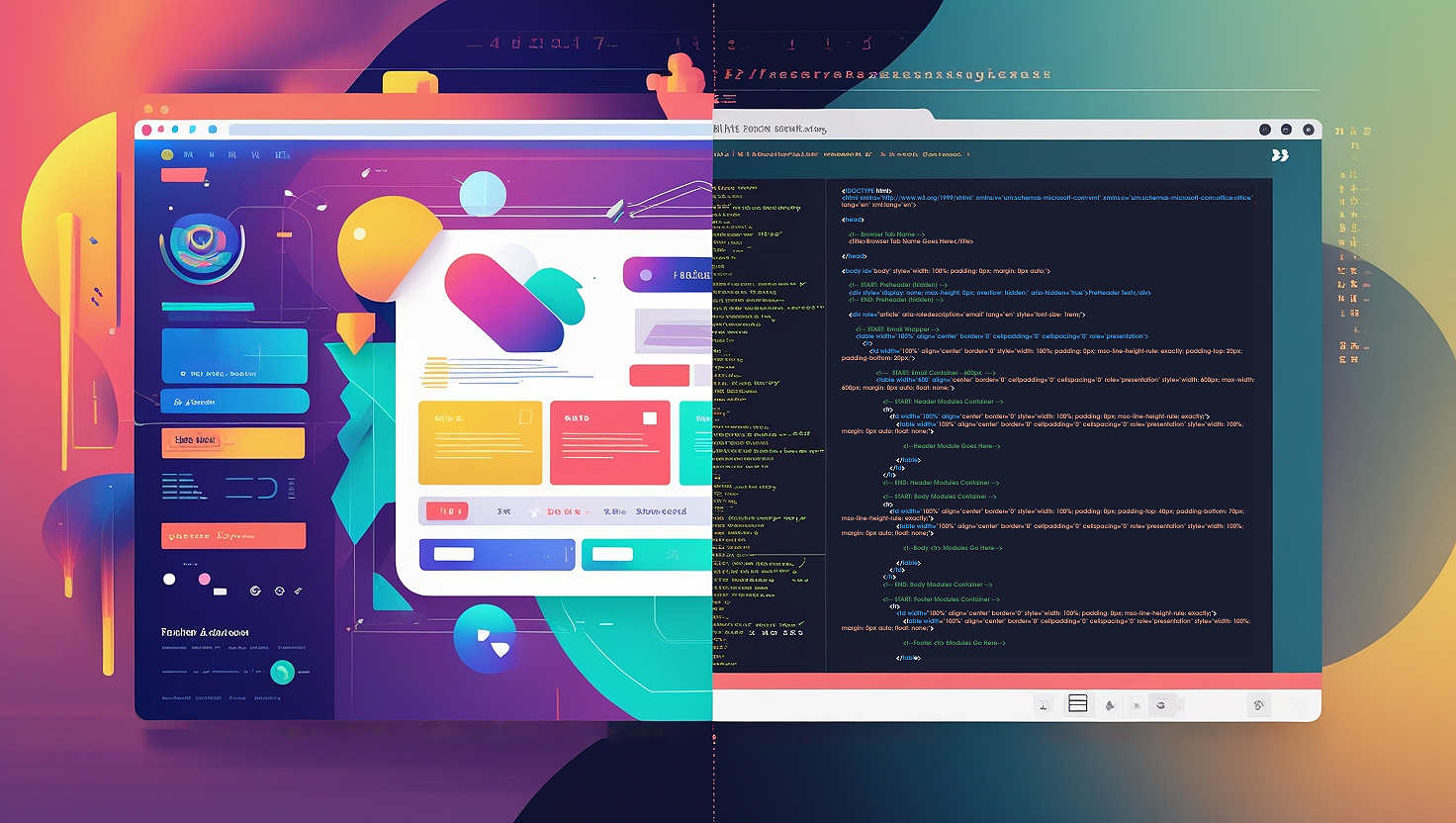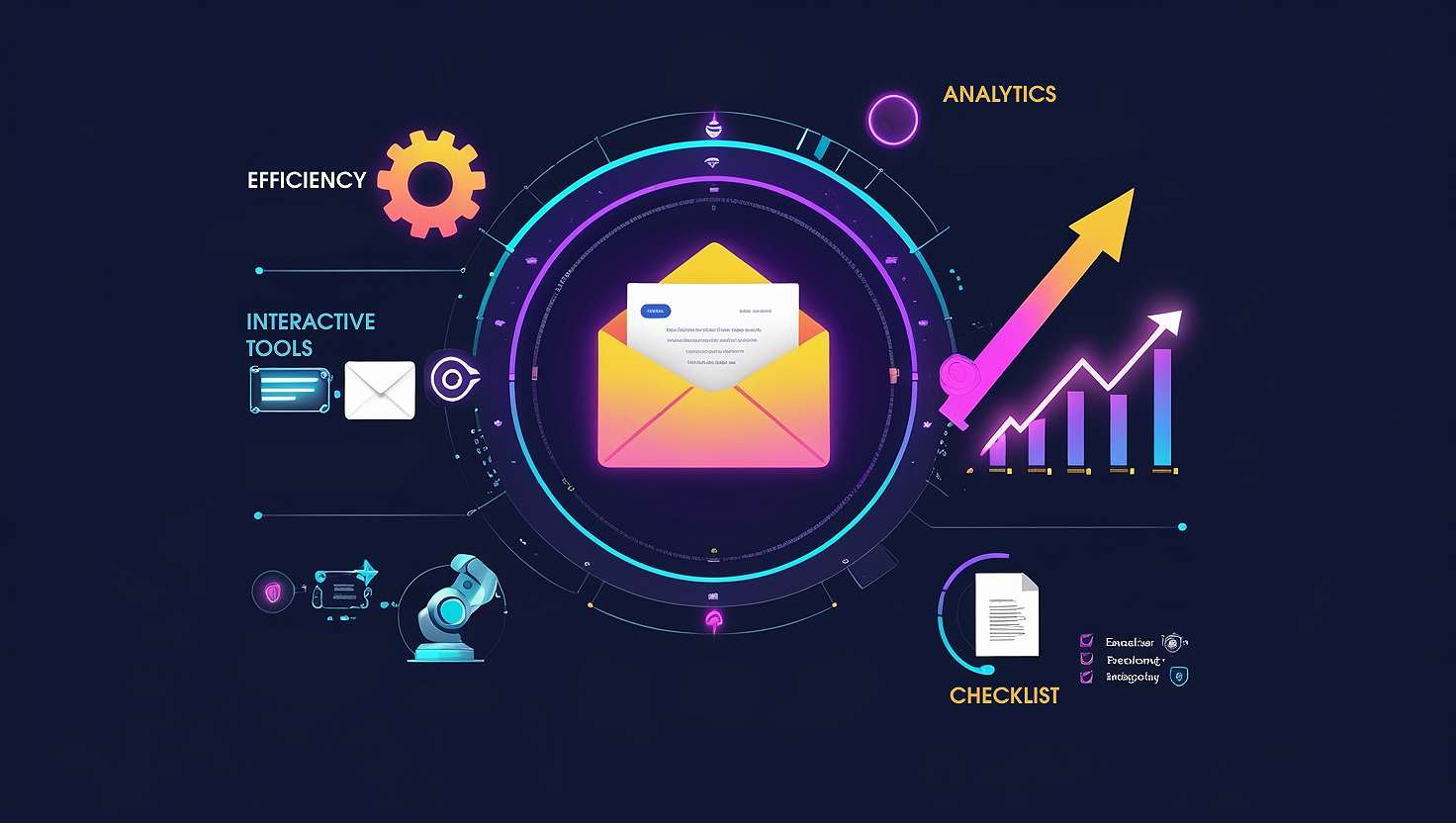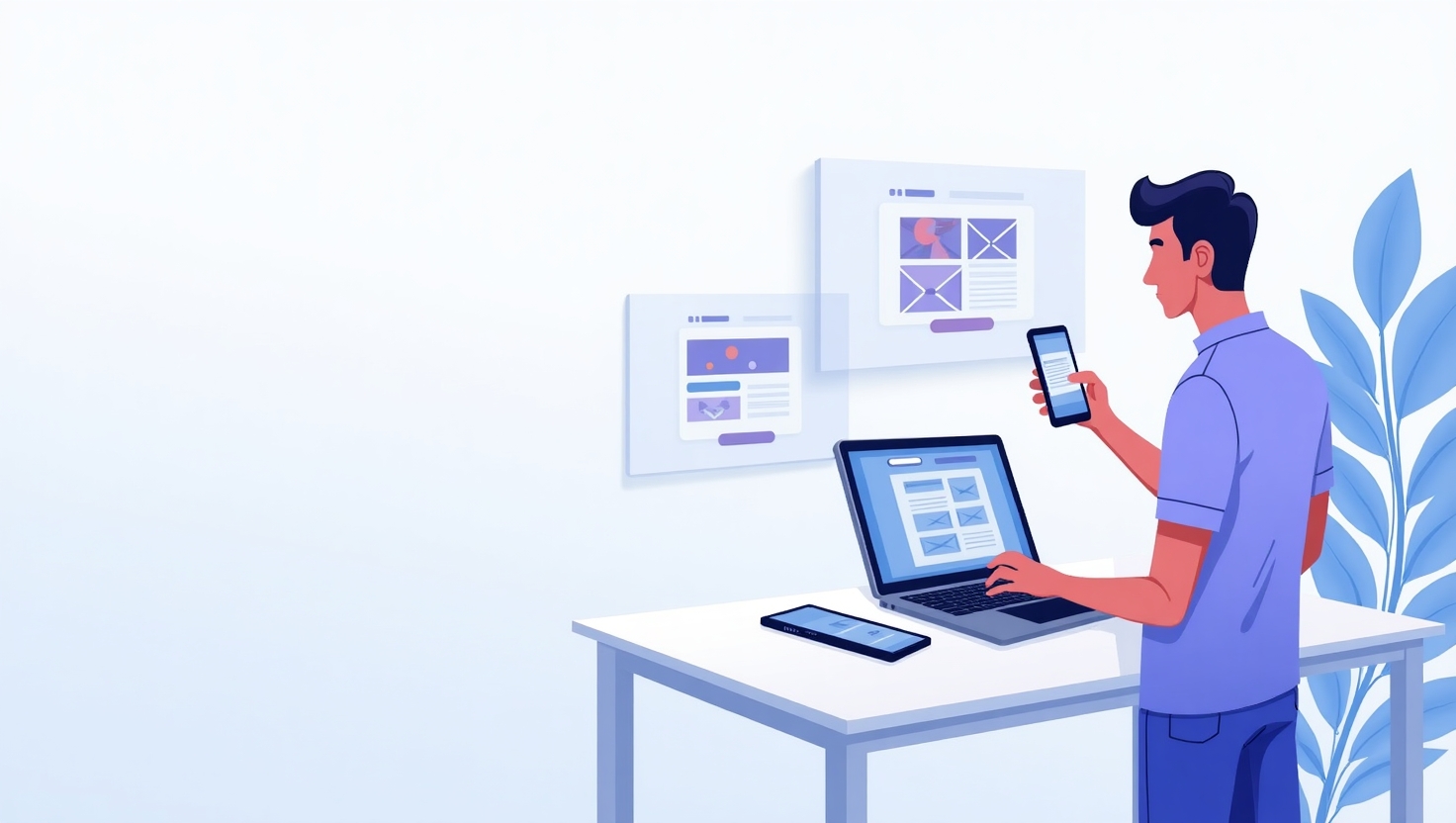
Why HTML Email Still Feels Like 2005 (And How to Master It in 2025)
May 12, 2025
Key Takeaways
- Email design isn’t broken — the rendering engines are.
- Outlook still uses Word to display your email (yes, seriously).
- HTML email has its own rules — and once you understand them, you stop fighting the system.
If you’ve ever built a website and then tried to build an HTML email, you probably felt like you fell through a time warp.
No Flexbox. No Grid. Limited CSS. Inline styles. Tables everywhere. It’s not just you — email development really is stuck in the early 2000s.
And that’s by design.
But instead of complaining about it (okay, maybe a little), let’s break down why this happens — and how you can work with it without losing your mind.
The Ugly Truth: Email Clients Don’t Care About Web Standards
When you open a web page, you’re using a browser like Chrome or Safari — tools built to keep up with modern CSS, JavaScript, and accessibility.
Emails? They’re rendered inside email clients — and most of those are living in the past.
Let’s look at some real-world nonsense:
- Outlook uses Microsoft Word to render HTML emails.
- Gmail just recently started supporting media queries properly.
- Apple Mail is the best of the bunch, but it’s not what most corporate users rely on.
That means your clean, semantic, responsive HTML code often gets mangled, misinterpreted, or ignored. To build emails that work everywhere, you have to code like it’s 2005 — and be proud of it.
What You Can’t Rely on in Email HTML (Yet)
Here’s a quick list of things that still don’t work reliably in emails — even in 2025:
❌ CSS Grid or Flexbox
❌ External stylesheets
❌ JavaScript (don’t even try)
❌ Custom fonts (partially supported, but flaky)
❌ :hover, :focus, and advanced selectors
❌ CSS positioning (relative, absolute, fixed)
❌ Margin consistency (especially in Gmail & Outlook)
If you’re coming from web development, this probably feels… bad. But don’t worry — there’s good news too.
What Does Work (and Works Well)
Despite the chaos, there’s a core set of tools that do work — and they work across every email client when used correctly.
✅ Tables Are Your Best Friend (Seriously)
If you want a consistent layout, you need to use good ol’ <table> structures. Nested, aligned, and sliced like it’s 2006. They’re the only layout tool guaranteed to render predictably across clients.
<table width="100%" cellpadding="0" cellspacing="0" border="0">
<tr>
<td align="center">Your content here</td>
</tr>
</table>✅ Inline Styles Are the Rule
Forget <style> blocks. Most email clients strip them out. Apply CSS directly to each element — yes, even padding and font-size.
<td style="font-family: Arial; font-size: 16px; color: #333;">Hello!</td>You can use tools like Pine Email Editor or MJML to help automate inlining.
✅ Stick to Web-Safe Fonts
Custom fonts are a gamble. Some clients support them, some don’t. If consistency matters, use fonts like Arial, Helvetica, Georgia, or Times New Roman.
Use font stacks like this:
cssCopyEditfont-family: 'Helvetica Neue', Helvetica, Arial, sans-serif;
✅ Use Fluid Layouts and Hybrid Techniques
Responsive email is possible — you just need to get creative. Fluid layouts use percentage widths, while hybrid layouts combine fixed widths with scalable elements to look great on any device (even without media queries).
Bonus: What Smart Email Coders Do in 2025
🧪 They Test on Every Client
Use tools like:
And always manually check Gmail and Outlook — because they’re the most likely to break things.
💡 They Build Modularly
Think in blocks, not pages. Create a library of repeatable sections: headers, buttons, footers, content blocks. This saves time and reduces mistakes.
💬 They Comment Their Code
You’re not just coding for yourself. Leave notes, version tags, and usage details in your email HTML. Future-you will thank you.
Why It’s Worth It
Sure, email development isn’t glamorous — but it pays off.
- You own the channel (unlike social media)
- It still delivers the highest ROI in digital marketing
- A well-coded email works forever — just copy, tweak, and resend
The Future of Email Code? It’s… Slowly Getting Better
Dark mode support. Improved media query handling. Even Gmail’s slowly evolving. But full standardization? Don’t hold your breath.
Until every client catches up, email developers will keep doing what we’ve always done best: finding clever workarounds and building pixel-perfect layouts with 2005-era tech.
Final Thoughts
Email development is its own weird little universe. But once you learn the rules, it stops feeling frustrating — and starts feeling like a superpower.
Don’t try to make email HTML behave like the web. Learn how email works, and build accordingly. That’s how you get results — and keep your sanity.
👇 Want a Faster Way to Build Reliable Emails?
Download our free email starter templates or check out the Email Developer Crash Course to start coding smarter, not harder.
Tags: email development, email coding 2025, responsive email design, HTML email limitations, email marketing strategy




